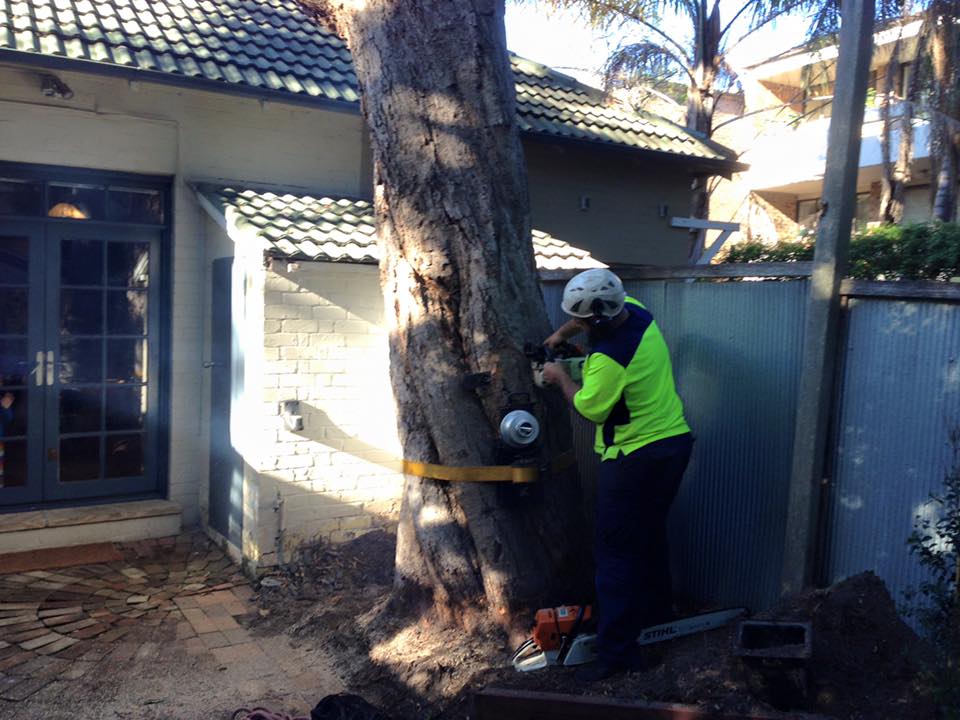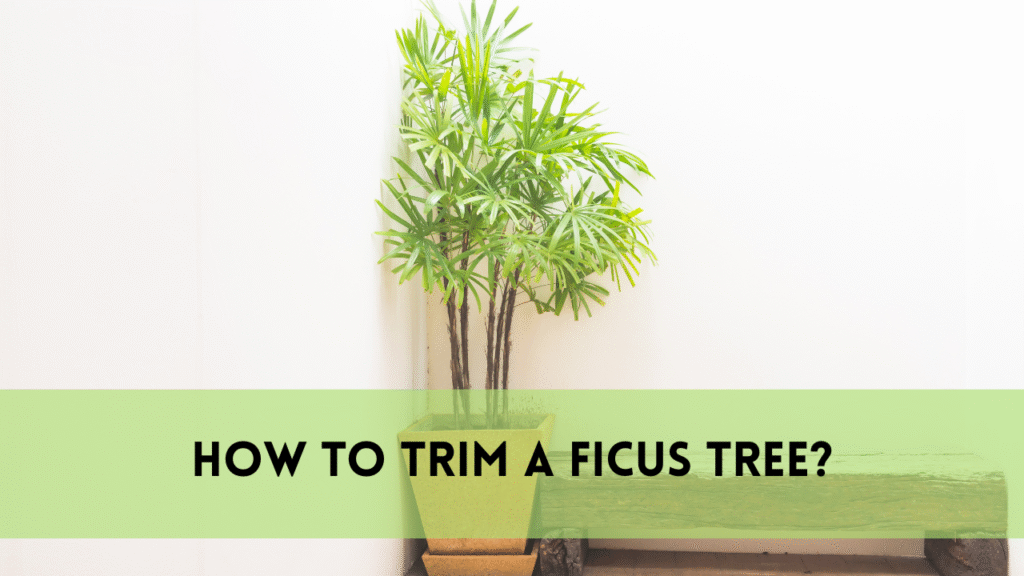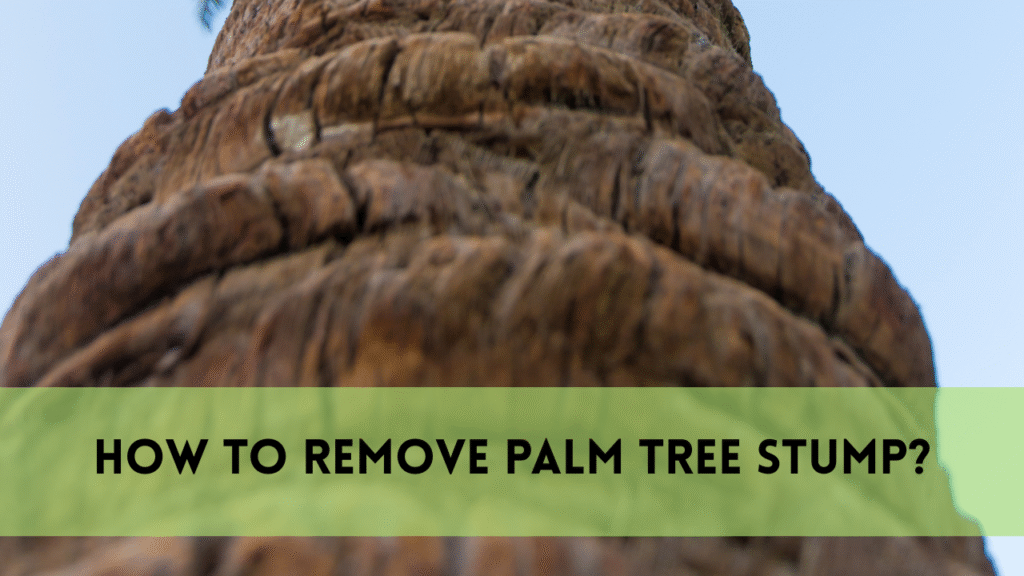Have you ever stood there in your yard staring at that ugly tree stump and wondered what you might do to make the area look better? You are not alone, though. After having a tree removed, many homeowners find that dealing with tree stumps can be difficult. The good news is that gardening around tree stumps is an inventive and environmentally responsible solution!
Why Grow Things Around Tree Stumps? Revealing the Canvas of Nature
Planting around tree stumps is a clever approach to make use of available space and improve the ecosystem, not to mention an aesthetic choice. These seemingly lifeless stumps may give your outdoor retreat personality by acting as the backdrop for a lively, verdant garden.
Selecting the Correct Plants: The Harmony of Nature
Consider diversity when choosing plants for this unorthodox canvas. Choose a variety of plants, including little shrubs, floral plants, and ground covers. This improves the ecosystem’s health in addition to adding aesthetic appeal. Because tree stumps frequently throw shadows, take into account plants that do well in partial shade. Ferns, impatiens, and hostas make great options.
The Methodical Planting Around Tree Stumps Procedure
Now that you’re prepared to start your environmentally friendly journey, let’s simplify the planting procedure.
1. Evaluate the stump: A Vacant Space Waits
Assessing the size and condition of the tree stump should come first. To give your garden a fresh start, remove any loose or rotting wood. To make sure the young plants have enough space to form roots, this step is essential.
2. Soil Preparation: Promoting Development
Add some organic materials to the soil surrounding the stump to prepare it. This increases fertility and gives your plants a lush, nutrient-filled habitat. For an additional boost, think about adding compost or well-rotted manure.
3. Plant Arrangement: The Mosaic of Nature
Arrange the plants you’ve selected around the stump in a thoughtful manner, taking growth patterns, color, and height into account. Imagining your garden as a harmonious fusion of the colors and textures found in nature is where the creativity comes in.
4. Magic Mulch: The Shielding Layer
Mulch the area surrounding the plants heavily. Mulch not only keeps moisture in the ground and keeps weeds out, but it also gives your masterpiece of a stump garden a polished appearance.
Benefits of the Planting Around Tree Stumps
Beyond aesthetics, planting around tree stumps benefits the environment in a modest but significant way. These gardens serve as tiny ecosystems, drawing helpful insects and offering a refuge for a variety of wildlife.
Environmental Effect: A Private Sanctuary
Tree stumps can be reused to create green spaces that help local ecosystems. These little oases serve as havens for birds, butterflies, and bees, promoting a more wholesome and harmonious ecosystem.
Enhancement of Soil: The Act of Nature’s Recyclers
The tree stump adds vital nutrients to the soil as it breaks down over time. The surrounding plants gain from this organic decomposition process, which establishes a sustainable cycle that resembles the balance of a forest floor.
Typical Problems and Their Fixes: How to Get About the Green Maze
Though planting around tree stumps is an interesting idea, there are several potential obstacles that should be considered. Let’s examine a few such problems and their fixes.
Task 1: Stump Disintegration
The stump may cause problems for plant stability as it breaks down naturally. Select plants with strong root systems to combat this, and keep a constant eye on the stump’s status.
Task 2: Observation
Plant development may be impacted by the shade that the stump casts. Select shade-tolerant cultivars and arrange taller plants to give smaller ones as much exposure to the sun as possible.
FAQs
Is it possible to grow any kind of plant near a tree stump?
Although there is some leeway, it’s best to go with plants that can tolerate some shade. For a varied and eye-catching garden, choose a blend of ground coverings, flowering plants, and small shrubs.
How can I stop the plant growth from being impacted by the tree stump?
Select plants with robust root systems and keep a close eye on the stump’s condition as it breaks down. This guarantees stability and assists in mitigating the difficulties caused by decaying stumps.
Will plant growth be impacted by the tree stump’s shade?
Plant development may be impacted by shadows cast by the stump. Select plant species that can withstand shade and arrange taller plants to give smaller ones as much exposure to the sun as possible.
When planting near a tree stump, is mulching required?
Mulching is necessary, yes. In addition to holding onto moisture and keeping weeds at bay, it gives your landscape a polished appearance. Mulch helps your plants live in a healthier environment.
What is the duration required for a tree stump to break down and add nutrients to the soil?
The breakdown process can take years, but it usually does. When the stump decays,It adds nutrients to the soil, creating a cycle that is sustainable and advantageous to the nearby plants.
Conclusion
In summary, planting around tree stumps makes a statement rather than just being a landscaping option. It’s a dedication to transforming obstacles into chances, ugly into beautiful, and an ordinary stump into a living, breathing piece of art.
Think about the possibilities the next time you find yourself staring at the tree stump in your yard. Accept the green revolution and allow nature to lead you in designing a garden that feeds the soul as well as the eyes.
Gardening is more than just a place; It’s your legacy—a proof of your admiration for the natural world and your dedication to creating a more sustainable, greener planet.





